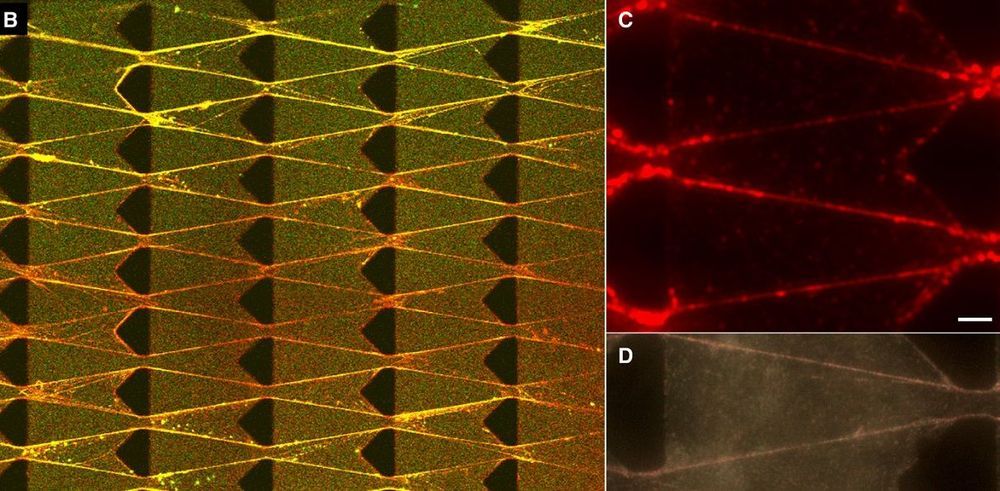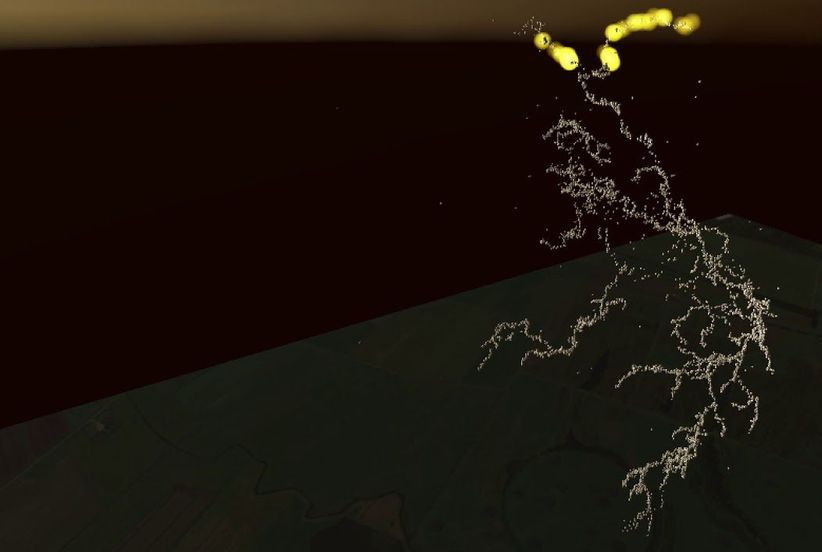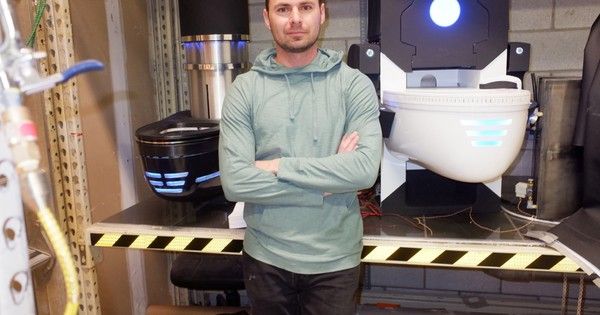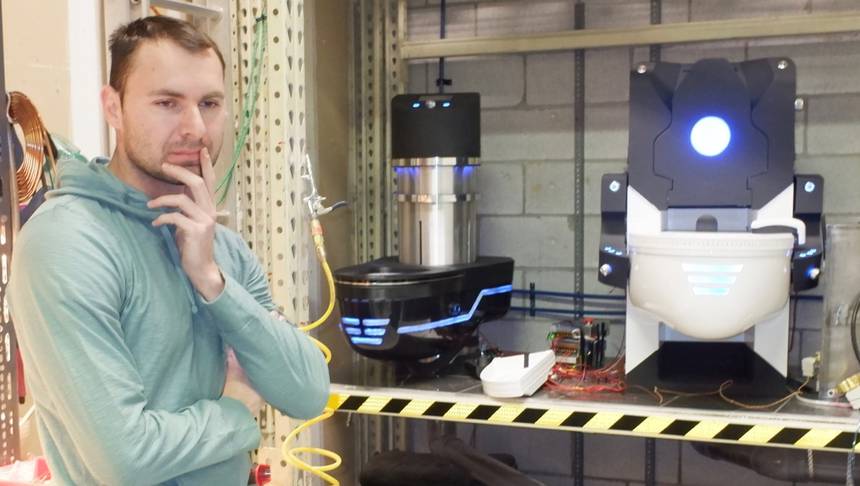Apr 19, 2019
Cornell scientists create ‘living’ machines that eat, grow, and evolve
Posted by Genevieve Klien in categories: engineering, robotics/AI
The field of robotics is going through a renaissance thanks to advances in machine learning and sensor technology. Each generation of robot is engineered with greater mechanical complexity and smarter operating software than the last. But what if, instead of painstakingly designing and engineering a robot, you could just tear open a packet of primordial soup, toss it in the microwave on high for two minutes, and then grow your own ‘lifelike’ robot?
If you’re a Cornell research team, you’d grow a bunch and make them race.









 Ivan pondering toilets / Lloyd Alter/
Ivan pondering toilets / Lloyd Alter/








